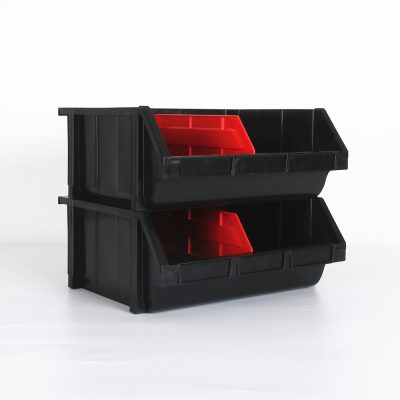In the fast-paced world of data storage, stackable storage has emerged as a powerful and adaptable solution. This article delves into the evolution of stackable storage, from its roots in traditional storage systems to its integration with cloud technologies.
Traditional Storage vs. Stackable Storage
Traditional storage systems rely on monolithic architecture, where all storage resources are contained within a single device or server. This approach limits scalability and often results in over-provisioning to accommodate future growth. Stackable storage, on the other hand, breaks free from these limitations by allowing you to stack storage resources as needed.
The Cloud Connection
One of the most exciting developments in stackable storage is its integration with cloud services. Modern stackable storage solutions offer seamless integration with popular cloud providers like AWS, Azure, and Google Cloud. This hybrid approach enables organizations to leverage the scalability and cost benefits of the cloud while maintaining control over their on-premises data.
Use Cases and Benefits
Stackable storage’s versatility makes it suitable for a wide range of use cases, including:
- Data Backup and Recovery: Stackable storage provides a reliable solution for data backup and disaster recovery, ensuring data availability and business continuity.
- Big Data and Analytics: Organizations can harness the power of stackable storage to store and analyze vast amounts of data generated by IoT devices, sensors, and other sources.
- Virtualization: Virtualized environments benefit from stackable storage’s ability to deliver high-performance storage resources on-demand.
Conclusion
As the data storage landscape continues to evolve, stackable storage remains at the forefront of innovation. Its ability to adapt to changing needs, integrate with cloud services, and serve a wide range of use cases makes it a valuable asset for businesses seeking a competitive edge in today’s data-driven world.
























